by Geoff Fitzgibbon…..
The 2CV and its variants have had many roles besides providing comfortable, reliable and low-cost transportation for French farmers. One of its more unusual assignments was as a go-anywhere vehicle for one of the British special forces regiments.
But first a little history about Citroën in Britain, to put the military 2CV into context:
Citroën opened a factory in Slough, not far from London, in 1925. It was the single largest car factory under one roof in Britain when it was built, and could produce one new car every 10 minutes. Apart from a war-time change from making cars to producing GM and Ford trucks for the Canadian army, the factory continued in operation until 1966.

Over those 41 years of manufacturing, the factory produced most models, including all Traction Avant types, the D series and the 2CV, which it introduced to the UK in 1953 and continued to produce until 1960 – when changing UK safety regulations led to its being discontinued; the new laws requiring 3-point seat belts could not be met without a redesign of the B pillar, and Paris did not think the investment would be worthwhile.
Nevertheless, 1036 2CVs were made over 7 years and over half were exported to other RHD markets.
The 2CV was offered in 4 versions, the familiar sedan, a van, the unique RHD-only Bijou, and a pick-up. The pick-up version alone accounted for only 130 units total production, with half reportedly being sold to country vets, doctors, midwives, priests, farmers and small businessmen.
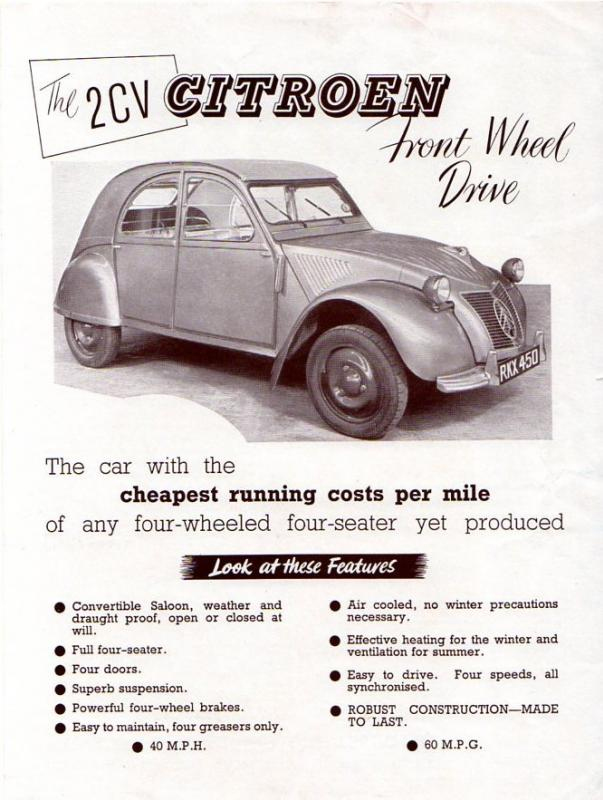
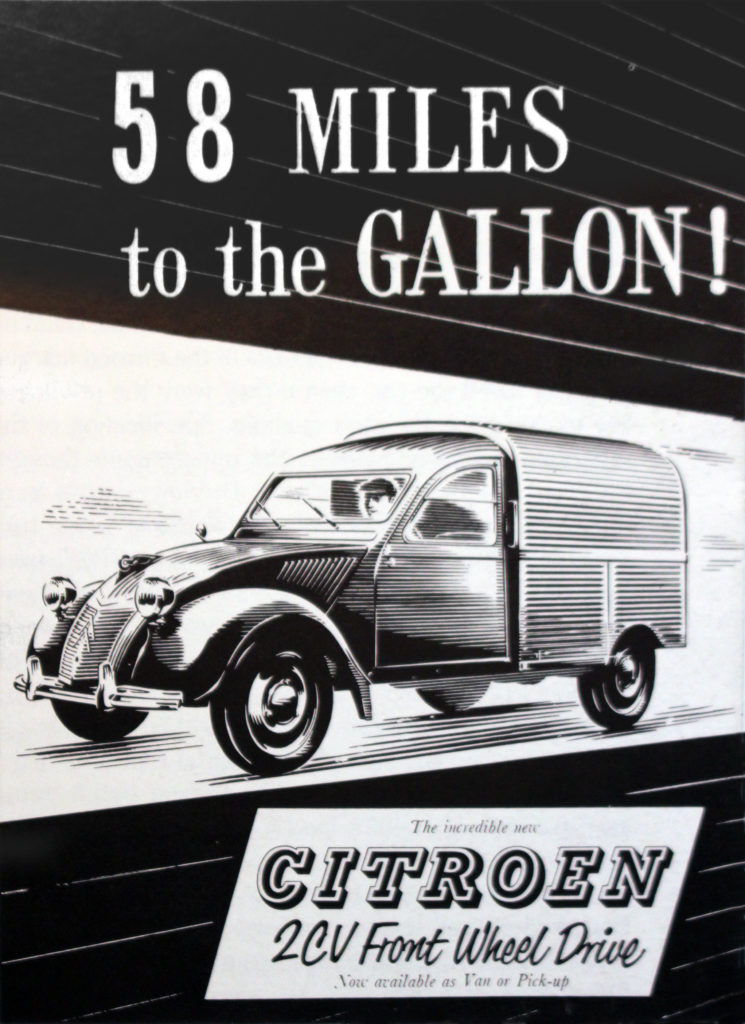
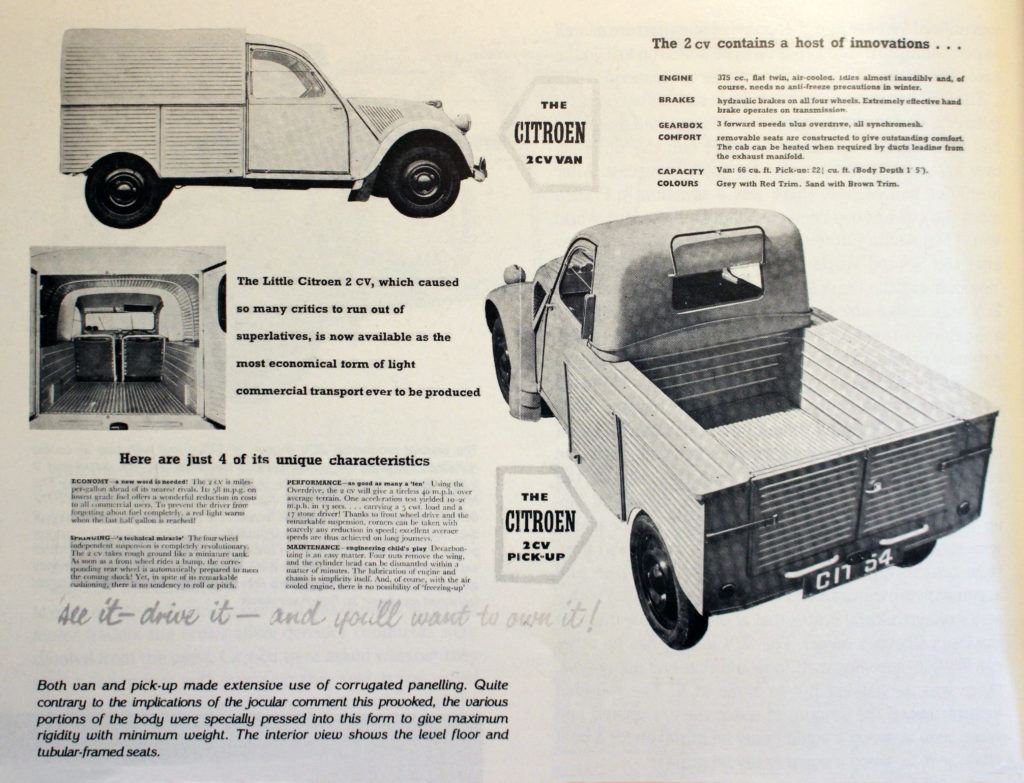

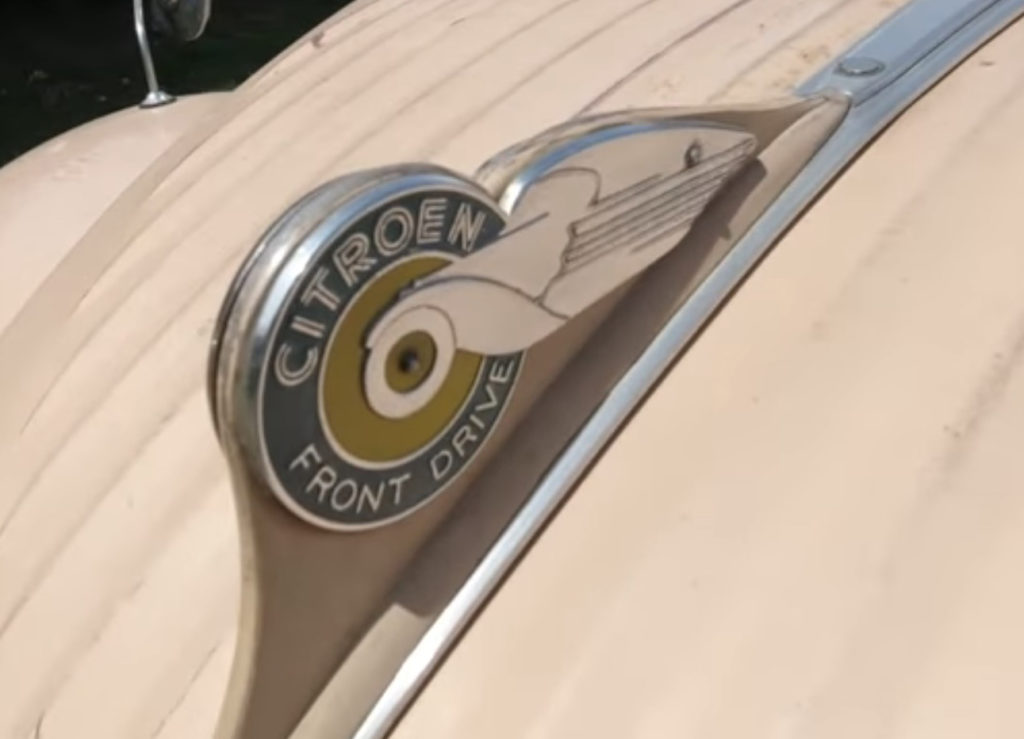
None of the versions sold well in the UK despite much praise from the motoring press for their combination of space, advanced engineering, comfort and utility. This comment from a contemporary automobile writer was typical, “the most intelligent application of minimalism ever to succeed as a car.”
But the timing was not good for the car’s introduction. All the UK-based car companies launched their first post-war models around the same time, to great success. The 2CV was viewed by the conservative British buyer as too unconventional and slow by comparison. Citroën UK also priced the car at a premium, which further limited its appeal. (It is ironic, therefore, that the 2CV – after an absence from the UK market of 14 years – was reintroduced in 1974 because so many personal imports were coming into the country by then to enchant a new, more open-minded generation.)
But the 2CV pick-up had a new role awaiting it.
The War Office in London became convinced in the 1950s that future warfare would require the fast deployment of special forces anywhere in the world. The Royal Navy required new equipment so that its Royal Marine Commando regiments could fulfill this new role. Part of the need was for a light weight, go-anywhere vehicle that could carry up to 4 commandos, their equipment and a heavy gun, and could be transported by helicopter from specialized support vessels to the foreign shore.
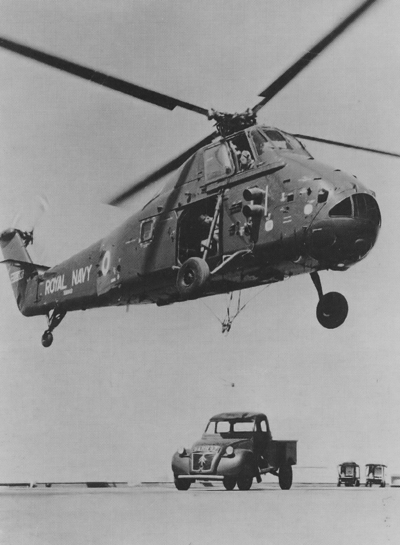
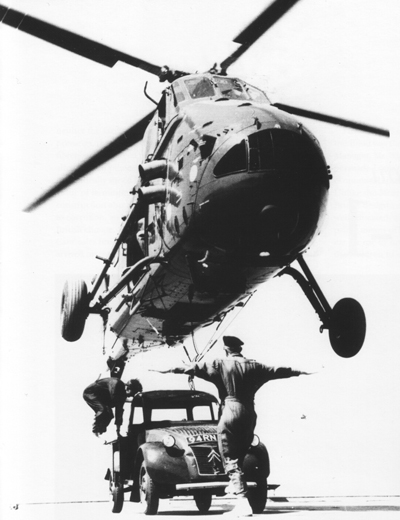
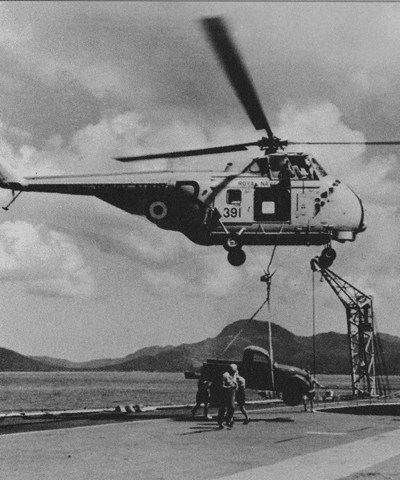

Jeep-type vehicles were available to use but the Willys Jeep, Austin Champ and Land Rover each weighed more than 1000 kilos. The naval helicopter of the day, the Westland Whirlwind, had insufficient lifting capacity for any of these 4X4s.
According to many sources I have checked, an Admiral of the Royal Navy happened to see a 2CV pick-up in a dealer close by the Marines’ barracks. Intrigued by the vehicle’s low weight – half that of the 4X4s in the market – he arranged to borrow and test the 2CV pick-up, with an eye to equipping the commandos with them. The car was tested extensively in the West Indies, where it apparently surpassed expectations.
Following this successful test, 65 units with Royal Marine modifications were ordered and delivered. The military version had extended cargo bins on the sides and had all their glass removed, so a commando had an unrestricted field of fire. Some vehicles had a 20mm MG151 aircraft gun made by Mauser of Germany installed in the cargo area.

Two warships carried the pick-ups from 1954 until the mid-1960s, when the increased lifting power of more modern helicopters and other factors meant alternative vehicles could be used. HMS Bulwark and HMS Albion took the military 2CV to fight with the commandos of 42 Commando Regiment in Malaya (now Malaysia), Borneo and Aden. The commandos never regretted the choice of the rugged and versatile little car.

But there is a postscript to the non-military Slough 2CV.
Sales of all 2CV versions were never spectacular, and the Citroën UK managers found themselves stuck in 1959 with 350 2CV chassis and 425cc transaxle units and no immediate market. The decision was made to produce a more conventional-looking vehicle to use up the inventory, and the Bijou project was born. A designer of Lotus cars conceived a very attractive coupé body for the Bijou that wrapped the 2CV mechanicals, while strongly suggesting the styling of a DS. The interior was a quite upscale blend of DS (steering wheel — taken from the Ami 6 — the same style as the DS but actually a bit smaller, interior door handles and some gauges) and 2CV (gearshift and pedals). The Bijou was also fully carpeted and featured a comprehensive dashboard.
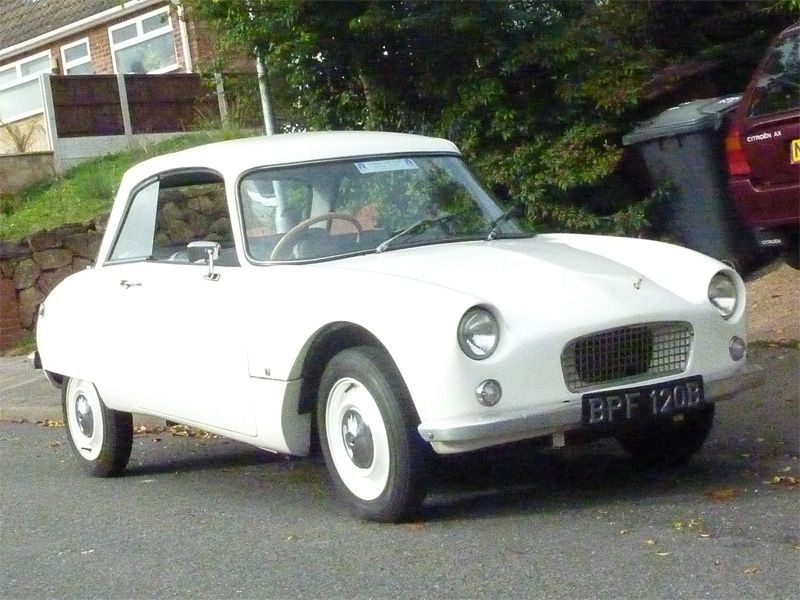
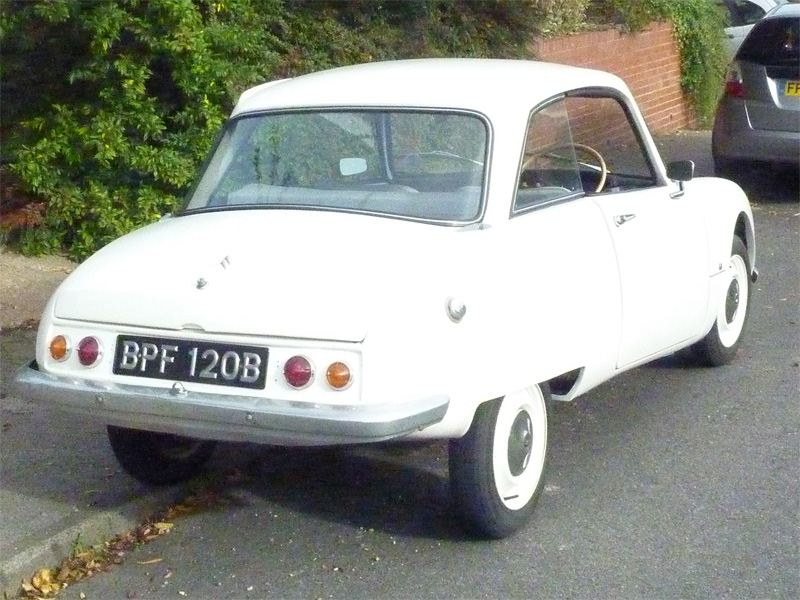

While the more aerodynamic Bijou had a 7% better top speed than its 2CV cousin, the fibre glass fibre body and its extra 80 kilos of weight made its acceleration even slower.
The Bijou shared the “tail in the air” look of the 2CV, which the marketing personnel at Citroën UK disguised by photographing the car with several sandbags in the trunk to settle down the rear.
The Bijou was produced for its 5-year run solely in RHD configuration to avoid competition with the 2CV, which limited its sales potential. Only 211 units were made, some of which still exist – thanks partly to its plastic body but also because of its uniqueness.
In researching this article, which owes much to the book “The British Citroën” by Malcolm Bobbit and Alan Townsin, I came across an interesting fact: Chrysler developed a 1990s successor to the 2CV, their project CCV. This vehicle was intended exclusively for the developing world. It would have offered a 2-cylinder air-cooled engine, 4 doors, and a hatchback. Sounds familiar? The Chrysler team openly attributed the concept to the 2CV.
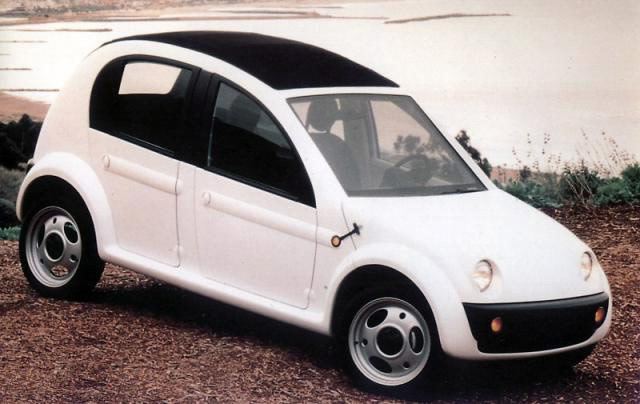
There are several reasons suggested for why Chrysler shelved the concept, from difficulties to molding the 4 main sub-assemblies out of plastic, through internal politics, to a realization the car would not have had mass appeal in its primary intended market, China. In any event, this modern successor to the 2CV was cancelled in 1998.
The CCV project was covered in detail and with interesting photos in an article by George Dyke in the Spring 2008 edition of Citroënthusiast: https://www.sugarsync.com/pf/D1866000_06300102_950563, and with further info from David MacLean published in the Summer 2008 edition of Citroënthusiast: https://www.sugarsync.com/pf/D1866000_06300102_959013.
With the 2CV for the Royal Navy, Citroën had produced a superb, light military vehicle some 14 years before the Méhari was launched; only those who are unaware of Citroën’s brilliant engineering and daring innovation would be surprised.
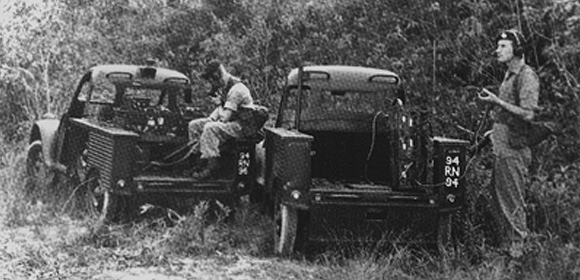

Dear Sir,
As I am building a model now from the 2cv at war I found some faults in Your writing. This part “ Following this successful test, 65 units with Royal Marine modifications were ordered and delivered. The military version had extended cargo bins on the sides and had all their glass removed, so a commando had an unrestricted field of fire. Some vehicles had a 20mm MG151 aircraft gun made by Mauser of Germany installed in the cargo area.” is wrong, as also the picture below. That a 2cv azu that was chopped from a French build CV (and not from Slough) and rebuild by the French Navy. The GHAN stands for Groupe d’Hélicoptères de l’Aéronavale and it saw action in Algeria in 1961.
Here is the whole story: https://2cv-legende.com/2cv-militaire-1961
Yours sincerely,
Tini Hendriks